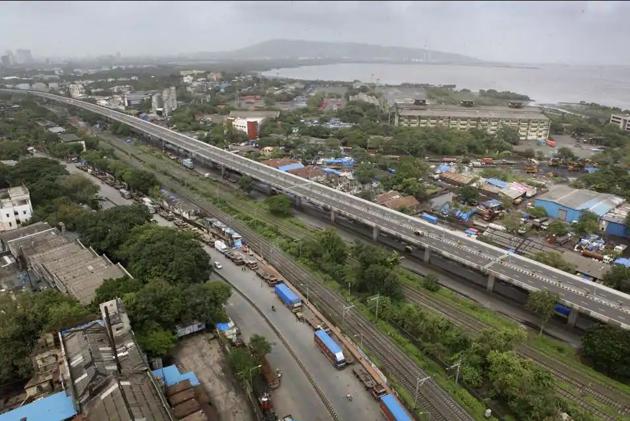Don’t shut Mumbai port, but keep spaces for public
The MbPT’s draft DP was published at the end of 2018, seeking suggestions and objections from the public before finalising it.
For the past few days, development of idle land of Mumbai Port Trust (MbPT) is back in focus.

As the new development plan (DP) for the city was being prepared in April 2018, the MbPT was appointed as special planning authority for the land it owns on the city’s eastern coast in the larger public interest.
The MbPT’s draft DP was published at the end of 2018, seeking suggestions and objections from the public before finalising it.
Much to the disappointment of Mumbaiites, the draft focuses more on commercial development of the land — unlike the Rani Jadhav report, which had recommended that one-third of the land be made available for the citizens.
For about two decades, demands have been raised periodically to use the port land for different purposes. While some wanted it for affordable housing (which would ultimately mean handing it over to the builders), a vociferous demand was put forth by several citizens’ groups to use the land for the city, which barely has public spaces for recreation, sports and cultural activities.
The demand was revived in 2014 as Prime Minister Narendra Modi-led NDA government took over at the Centre. In 2014, Union shipping minister Nitin Gadkari appointed a committee of experts headed by former MbPT chairperson Rani Jadhav to decide the use of the port land. In its report, the committee emphasised that 216 hectares (30%) out of 721.24 hectares or 30% of the port land should be kept open or be accessed by Mumbaiites.
It included grounds, gardens, amphitheatres, transport terminals with inter and intra city connections, conservation and management plan for mangroves and Sewri fort, conservation of Ballard Pier and other areas and public promenades.
There were provisions for certain commercial structures, besides leaving out the part currently used for port and fishing activities.
In contrast, the MbPT’s draft focuses on commercial structures. The plan shows 261.41 hectares as open space, but that includes 94.5 hectares as private layout open spaces are unlikely to be accessible to the citizens.
Around 93 hectares is proposed to be made available through reclamation at Haji Bunder — subject to Centre’s permission. This leaves only 7.6% of the total area accessible to the public. This is being strongly opposed by urban planners and citizens’ groups.
They pointed out the mill land fiasco when no heed was paid by state and civic authorities to the suggestions for planned development of central Mumbai. As a result, the whole area is now a concrete jungle with poor infrastructure and no public spaces. The eastern coast will turn into another central Mumbai, they claimed.
The MbPT has countered this saying that they are a commercial organisation and as such would focus on commercial activities. They also insist that they won’t be shutting down the Mumbai port and hence would need the land. Besides, the land is owned by them.
Mumbai emerged as a commercial city because of the port. There are thousands of families whose livelihood depends on the port.
The operations of the port reduced owing to the construction of Jawaharlal Nehru Port Trust (JNPT) port in the neighbouring Raigad district and its inability to expand the business.
All over the world, ports in major cities scaled down their operations and the land was used for the city, majorly for public spaces and commercial activities.
The land in MbPT’s possession belongs to the city. As such, if there is idle land available there is nothing wrong in demanding that it be used for the city. If the MbPT builds a commercial complex on the land, it will obviously put pressure on the city’s infrastructure.
In fact, the Eastern Freeway is a perfect example of what the port can do for the city. The Central and state authorities have a rare opportunity to give Mumbai what it needed the most.
Stay updated with all the Breaking News and Latest News from Mumbai. Click here for comprehensive coverage of top Cities including Bengaluru, Delhi, Hyderabad, and more across India along with Stay informed on the latest happenings in World News.
Stay updated with all the Breaking News and Latest News from Mumbai. Click here for comprehensive coverage of top Cities including Bengaluru, Delhi, Hyderabad, and more across India along with Stay informed on the latest happenings in World News.






